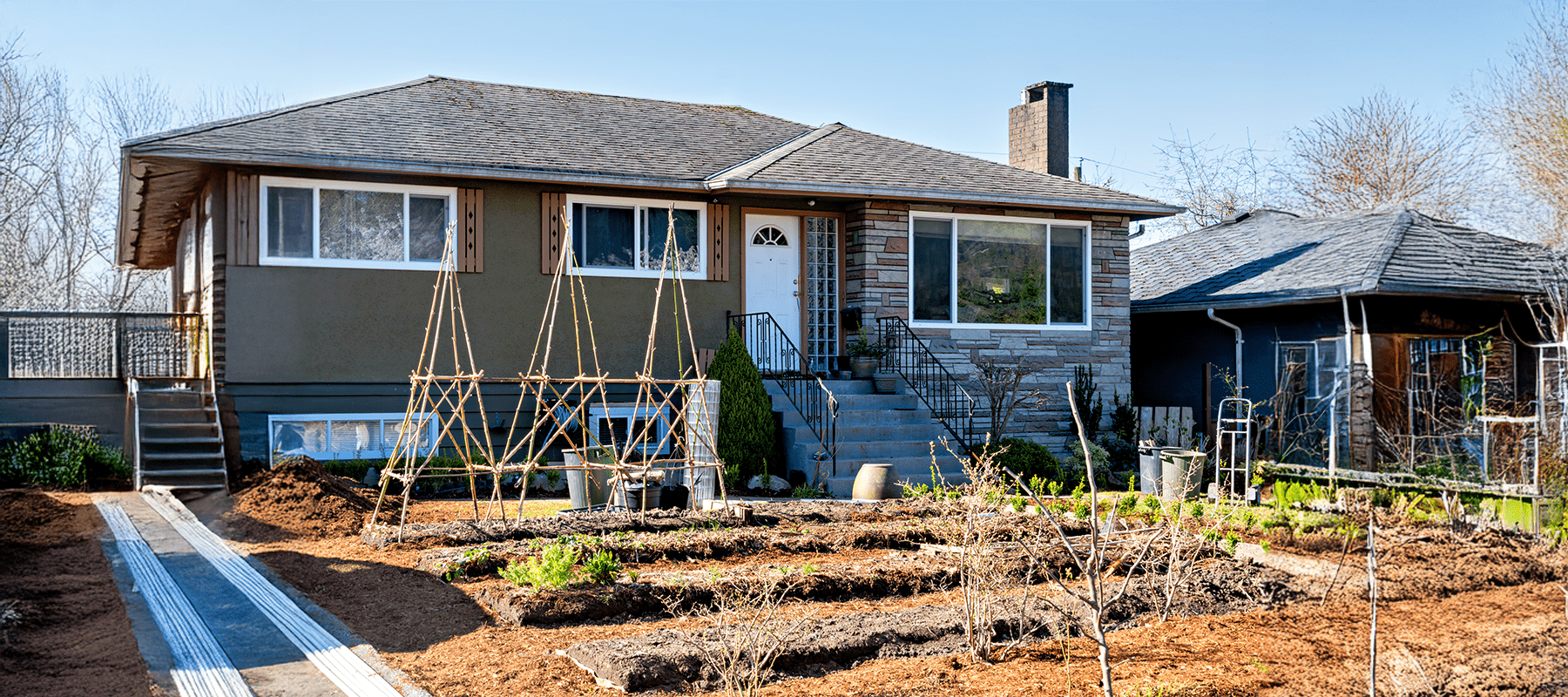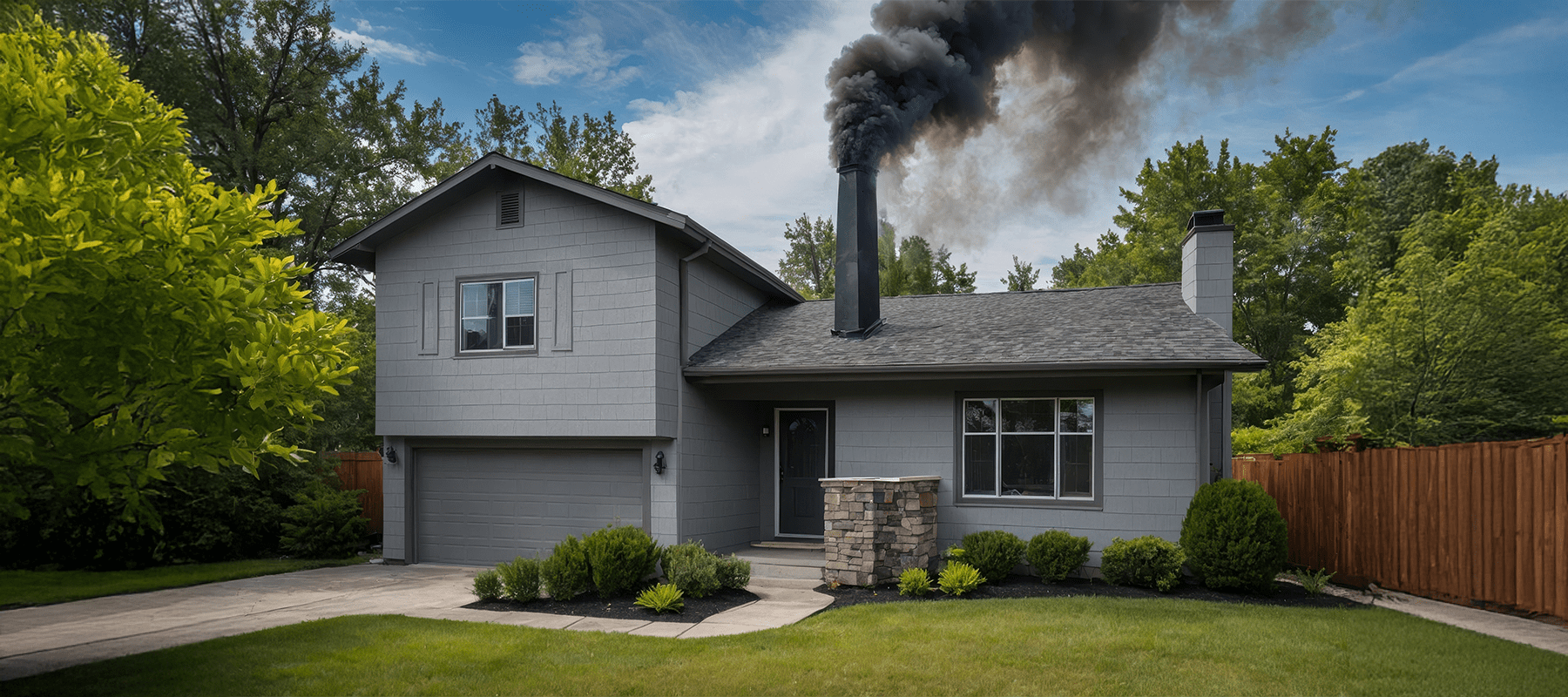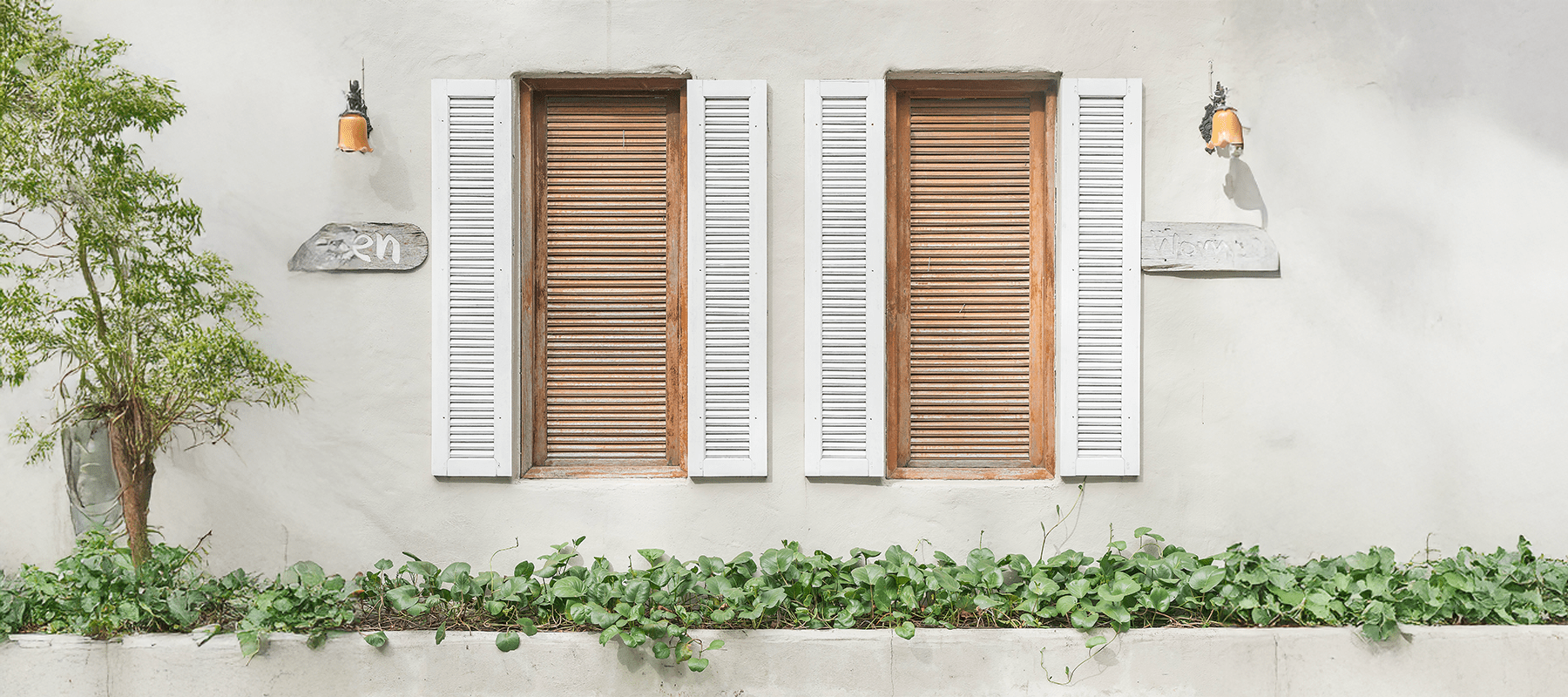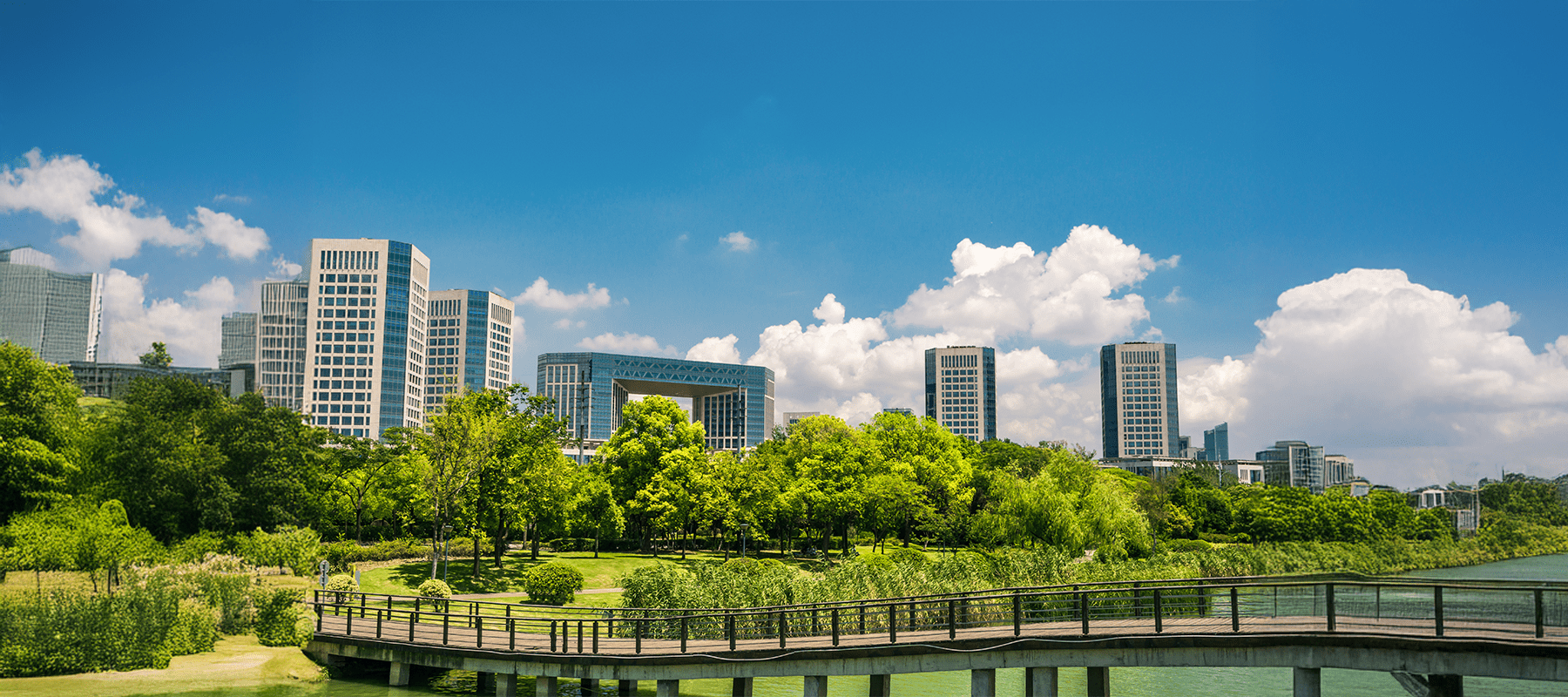I live in a charming, older house in coastal North Carolina, a place where hurricanes are a reality and rising waters are a growing concern. I’m not a millionaire, so “Low-Cost Disaster-Proofing” always sounded like a luxury for custom-built, modern homes. Yet, after Hurricane Florence nearly devastated my neighborhood, I realized I couldn’t afford not to prepare. That’s when I discovered that effective “Disaster-Proofing Homes in the USA” doesn’t require a second mortgage—it requires smart, budget-conscious action and a weekend of DIY hustle to achieve genuine “low-cost climate resilience.”
My personal success story began with a $40 can of sealant and a determined afternoon, initiating my journey into “Low-Cost Disaster-Proofing” strategies and contributing to the goal of stronger “Disaster-Proofing Homes in the USA” for everyone. This small step showed me the potential for large-scale change through individual effort, demonstrating that real “low-cost climate resilience” is within reach. I became an evangelist for simple, effective fixes, understanding that widespread “Low-Cost Disaster-Proofing” is the foundation for national “Disaster-Proofing Homes in the USA” and long-term “low-cost climate resilience.”
Let’s dive into practical, affordable flood protection, fire mitigation, and storm readiness strategies that prioritize your budget.
Under-$500 Home Upgrades: Practical Disaster-Proofing Homes in the USA
You don’t need a huge renovation budget to significantly reduce your risk. These practical, under-$500 upgrades are game-changers, particularly for flood-prone U.S. states:
Sewer Backflow Valve ($50 – $250 for the part):
A backflow valve is crucial for affordable flood protection. It prevents sewage from backing up into your home through drains and toilets during municipal sewer overloads, a common occurrence in severe flooding. While installation may exceed the $500 mark if you hire a professional, the component cost is low, making it an excellent investment for disaster-proofing homes in the USA.
Grading and Berms (Cost of soil/gravel and labor):
Redirecting water away from your foundation is the most cost-effective solution. Use shovels and affordable fill dirt or gravel to ensure the ground slopes away from your house by at least 6 inches over 10 feet. This simple fix offers superior affordable flood protection for ground-level houses in the U.S.
Caulking and Sealing (Under $100):
Inspect and seal all cracks, window joints, and where utility lines enter your house. This prevents wind-driven rain and minor flooding from seeping in, increasing your overall low-cost climate resilience.
Gutter and Downspout Extension ($50 – $150):
Extend your downspouts at least 10 feet away from the foundation. This immediately diverts hundreds of gallons of rainwater away from your house perimeter during a storm.
Western Wildfire Readiness: Budget-Friendly Fire-Resistant Materials Home
For homeowners in the western United States, where wildfire risks are escalating, fire-resistant materials home improvements are essential. You don’t need to replace your whole exterior to start.
Vents and Screening (Under $200):
Embers are the leading cause of house fires during a wildfire. Install 1/8-inch non-combustible mesh screening on all attic, foundation, and soffit vents. This is a critical step in using fire-resistant materials home to stop embers from getting into your structure and significantly bolsters your low-cost climate resilience.
Non-Combustible Zone (Landscaping):
Create a “defensible space” of five feet immediately around your home using gravel, concrete, or stone, instead of bark mulch or flammable plants. This landscaping change uses passive fire-resistant materials home techniques.
Clear the Roof and Gutters (Free to DIY):
Regularly clear pine needles, leaves, and debris from your roof and gutters. These dry materials are highly combustible. This simple maintenance is a powerful, budget-friendly defense against ember ignition. This enhances your low-cost climate resilience instantly.
Storm-Proofing DIY: Cheap Storm-Resistant Windows & Roofs
If you’re in a hurricane zone, fortifying your windows and roof is non-negotiable. It’s about maintaining structural integrity to keep high winds and pressure out of your home.
Easy DIY Steps for Windows and Roofs:
- Plywood Window Shutters (Under $500):
Pre-cut plywood sheets (at least 5/8-inch thick) to fit your windows. Install inexpensive barrel bolts or fasteners around the window frames so you can quickly bolt the plywood on when a storm approaches. This offers excellent cheap storm-resistant windows protection against flying debris.
Hurricane Straps/Clips (Minimal Cost, DIY Installation):
If you have attic access, consider installing simple metal hurricane clips to reinforce the connection between the roof trusses and the exterior walls. This prevents the roof from lifting off in severe wind events. This is a crucial retrofit for disaster-proofing homes in the USA.
Seal Roof Flashing and Penetrations (Under $100):
Use a high-quality sealant or roofing cement to ensure all roof penetrations (vents, chimneys, pipes) and flashing are tightly sealed to prevent water intrusion from wind-driven rain. This is an overlooked but vital aspect of cheap storm-resistant windows and roof protection.

Community Resilience: Strengthening Low-Income Households
True low-cost climate resilience is a community effort, especially for low-income households. The solution is often found in local resources:
Tool-Sharing Programs:
Communities can create “disaster prep kits” with essential, higher-cost tools (drills, ladders, heavy-duty saws) for shared use.
Neighborhood Work Days:
Organize volunteers to help seniors or low-income residents clear defensible space for fire mitigation or install affordable flood protection measures like gutter extensions. Leverage local non-profits or faith-based organizations for resources and support.
Grant Access Support:
Many federal and state programs (like FEMA’s mitigation grants) exist but are complex. A community resource center can offer free support for navigating these applications, which are key to sustainable disaster-proofing homes in the USA.
The Homeowner’s Affordable Disaster-Proofing Checklist
You can achieve low-cost climate resilience. Here is your actionable checklist:
Target: Affordable Flood Protection
- Extend all downspouts at least 10 feet away from the foundation to divert water immediately.
- Install a sewer backflow valve to prevent sewage from backing up during a flood.
- Regrade the soil around the house to ensure it slopes away from the foundation (at least 6 inches over 10 feet).
- Seal all foundation cracks and utility entry points with high-quality sealant.
Target: Fire-Resistant Materials Home
- Install 1/8-inch non-combustible mesh screening on all attic, foundation, and soffit vents to block embers.
- Create a 5-foot non-combustible “defensible space” immediately around the house using gravel or concrete, not bark mulch.
- Regularly clear the roof and gutters of all flammable debris like leaves and pine needles.
Target: Cheap Storm-Resistant Windows & Roofs
- Pre-cut plywood sheets to fit all vulnerable windows and install fasteners/barrel bolts for quick attachment before a storm. (The cheap storm-resistant windows solution).
- Inspect and seal all roof flashing and penetrations (vents, pipes, chimneys) with sealant or roofing cement to prevent water intrusion from wind-driven rain.
- If you have attic access, consider installing inexpensive hurricane clips to reinforce the connection between the roof trusses and the walls.
These actions significantly contribute to overall low-cost climate resilience and effective disaster-proofing homes in the USA.
Conclusion: Your Power to Protect
My journey proved that true disaster-proofing homes in the USA isn’t reserved for the wealthy or the newly constructed. It’s an act of resourcefulness. By focusing on smart, manageable, and affordable flood protection, utilizing fire-resistant materials home strategies like vent screens, and implementing simple measures for cheap storm-resistant windows, we build personal and community low-cost climate resilience. The solution is clear: don’t wait for a federal grant or an insurance payout. Take control now. Roll up your sleeves, use this checklist, and transform your home from a vulnerable structure into a resilient fortress. Your safety, and your savings, depend on it.

I’m Emma Kennedy, a home solutions expert with a passion for simplifying the art of living well. With a background in design and a knack for creative problem-solving, I focus on offering practical advice that helps homeowners turn their spaces into true reflections of themselves.









